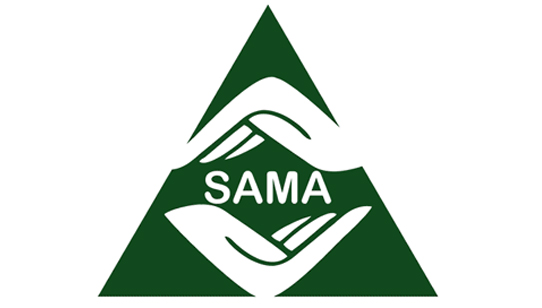Robust Document and Training Management: Key to Better Implementation of Change Initiatives

A well-implemented change management strategy can ensure changes to processes with minimal disruption to operations, greater employee participation, and better risk management. Along with a strong Change Management, good documentation and training will help the organization carry forward and sustain the changes for greater success and effectiveness.
Best Practice #1. Define and Document Goals: The change management strategy must be clearly defined. It must delineate the goal, scope, roles, and responsibilities in detail. This must be shared with all employees to provide clarity and information to prepare them for what to expect. The document must be shared with each employee and also made available in a central location for easy reference.
Best Practice #2. Make Change Strategy Transparent: Employee buy-in is critical for the successful implementation of the change management plan. Often, employees feel there is no transparency, and therefore there is no trust in the process. Documenting and providing centralized access will provide the required visibility and engage employees better in ensuring the success of the proposed changes.
Best Practice #3. Train and Prepare Teams: Assess the gaps in skills to meet the requirements of the new changes to processes and methodologies well in advance. Allow the employees time to practice the new skills to adapt to the changes better.
Best Practice #4. Document the Impact of Changes: Documenting changes will provide an audit trail and enable the identification of success and possible errors along the way. It will also help employees see how the changes have impacted their tasks and the journey of the organization, making them feel more invested in change management.
Best Practice #5. Seek Feedback: The communication must be two-way. Since the changes will impact the workers at the ground level, seeking their views and ensuring they are incorporated into the system will increase the sense of ownership. Documenting these communications and sharing the action taken will improve the transparency and effectiveness of the change process.
Best Practice #6. Facilitate Knowledge Sharing: Providing a platform for employees to share their experiences and knowledge will hasten the learning and adaptation process. These will also be available for future reference in jumpstarting other such processes.
Best Practice #7. Risk Management: Changes come with risks. Documenting the risks, assessing the impact, prioritizing the risks based on intensity and frequency, and putting in appropriate controls are essential for mitigation. Creating a centralized repository of risks will help keep track and be responsive, whenever required.





.png)







